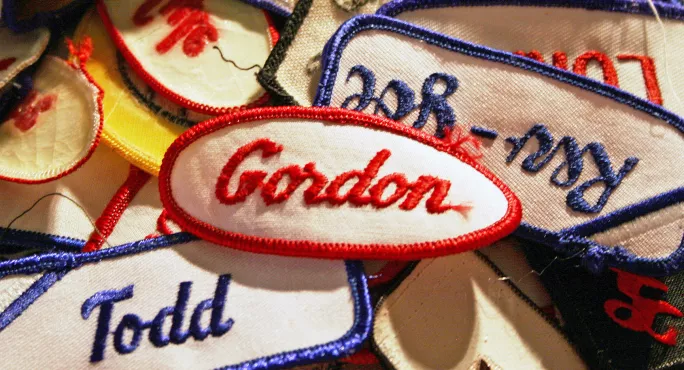- Home
- Teaching & Learning
- General
- 6 tips to help teachers learn hundreds of pupils’ names
6 tips to help teachers learn hundreds of pupils’ names

Whenever I welcome new classes, I start by introducing myself with a few key details: the subjects I teach, my years of experience and a fun fact about me - specifically, that I am our school’s undefeated Masked Singer winner.
I mention this partly because it’s memorable and, frankly, it was a significant achievement. Really, I’m not known for my musical talent, and I should clarify that the school version of the competition only happened once, but my participation highlights how anonymity can sometimes change our behaviour.
While being behind a mask allowed me to embrace a creative side of myself, anonymity in school can have significant implications on behaviour, engagement and wellbeing.
Teachers remembering pupils’ names
When students feel anonymous or unrecognised, it can have a negative impact on their sense of belonging and allow feelings of disconnection to grow.
So, as the new school year unfolds, my goal of learning and recalling every pupil’s name is becoming increasingly urgent. On the surface it’s a simple task, but one that carries considerable weight: research suggests that “learning pupil names promotes greater student participation and engagement”.
It also helps to promote positive behaviour: knowing your pupils’ names can help establish effective classroom dynamics. Brain-imaging studies even reveal that our brains uniquely process the sound of our own names compared with those of others.
- Long read: The power of learning pupil names as a new term starts
- Related: How one school is tackling name mispronunciation
- Advice: 5 teacher memory tricks for learning students’ names
Learning pupils’ names is both cognitively and temporally demanding, however, and requires deliberate effort from the teacher. It is, of course, entirely feasible for a classroom teacher to interact with more than 200 pupils in a single week - and good luck to those headteachers in large secondaries who set themselves the challenge of learning every student’s name.
The small actions you take to remember names will help build a supportive and engaging learning environment, so here are a few ideas and effective strategies for classroom teachers:
1. Seating plans
Use a seating plan and note down names as you go, especially when covering lessons for other teachers or working as a supply teacher.
2. Registration
Daily and period registration can provide further opportunities to recall our knowledge of pupils and their names. Online registration systems often have digital photos, which we can use to help with this task.
3. Forgetting is normal
Involve pupils, let them know that, just like them, your working memory is limited and so forgetting is to be expected. Use pupil names often when speaking in class and let them know your reason for doing this. Ask pupils to give you reminders and grace for the first few weeks.
4. Spaced practice
Test your memory of pupils’ names at intervals to reinforce it in your mind; this capitalises on the effectiveness of spaced practice. Revisiting information just as you are about to forget it, and engaging in the effort of recall, helps to strengthen the memory over time.
5. Key facts
Learning key facts about pupils can also be incredibly helpful. Far from creating further burdens on your memory, incorporating specific details about them can provide your brain with a “hook” and significantly aid in recalling their names.
6. Place names
The educator and writer Jill Berry made effective use of place names, crucially taking them in at the end of each lesson and thanking pupils by name, which maximised her exposure to this information.
Whatever your method, try to model persistence in your approach, because recognising and learning pupils’ names is not just a matter of courtesy, it is a crucial step in establishing a supportive and accountable learning environment.
Kirsten Colquhoun is head of guidance and a senior school teacher at Robert Gordon’s College, an all-through independent school in Aberdeen
For the latest in Scottish education delivered directly to your inbox, sign up for Tes’ The Week in Scotland newsletter
Keep reading for just £1 per month
You've reached your limit of free articles this month. Subscribe for £1 per month for three months and get:
- Unlimited access to all Tes magazine content
- Exclusive subscriber-only stories
- Award-winning email newsletters



